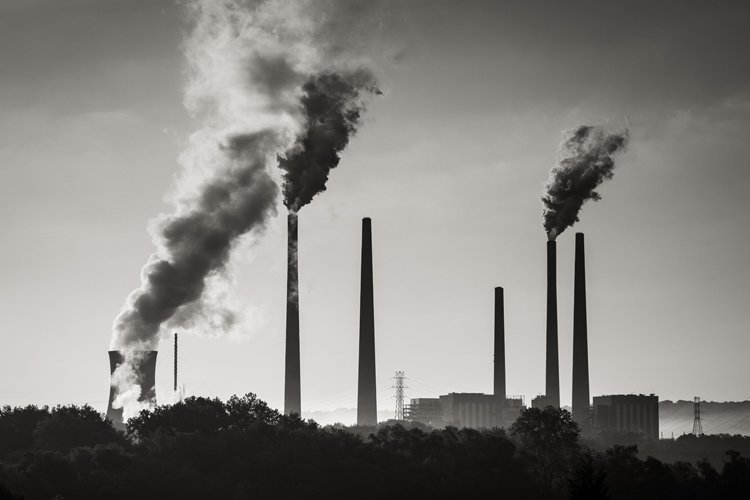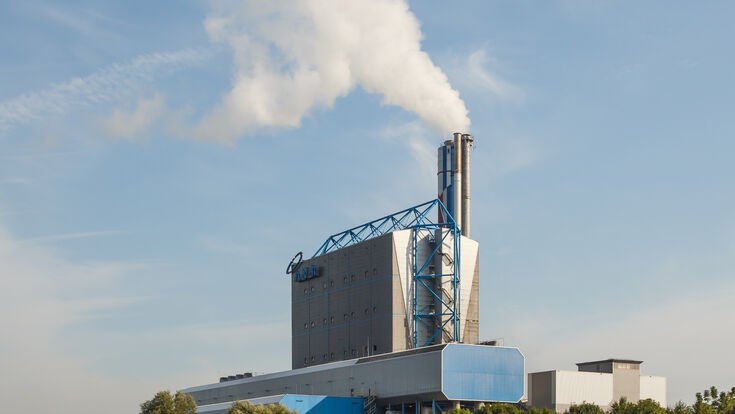Carbon dioxide has become one of the most talked about gases in the world. From conferences to summits and even documentaries, everyone has carbon on their lips and everyone is looking for ways to deal with the carbon dioxide and the problems associated with it.
When we mention climate change, the science of how we cause it is very simple and it happens as a result of we emitting greenhouse gasses like carbon dioxide which gets trapped in the atmosphere leading to the rise in global temperature. We need to cut our carbon dioxide emission into half by 2030 so we do not reach limits that become somehow dangerous to us. It isn't like greenhouse gas in its normal state is terrible, no it is not and this is because earth naturally is made up greenhouse gasses because without it, the earth would be extremely cold at a -18 degree Celsius.
There are a number of greenhouse gas like Sulfur hexafluoride, methane, and carbon-dioxide. While these gasses heat up earth a lot, CO2 comes out leading because there is a lot of the gas around us and we have been adding more for years especially since the industrial revolution. We have learned that when CO2 go up, temperature goes up and when it goes down, temperature goes down.
People are looking into creating a circular carbon economy where carbon can be recaptured and reused. This led scientist to create the Tubular Algae Bioreactor where algae is used to capture CO2 because it is great at capturing CO2 from the atmosphere. Scientists have agreed that 1kg of Algae can remove 1.8kg of Carbon dioxide and it has been used for a very long time in what is referred to as carbon sequestration.
Scientists were also able to create biocomposite which has to do with combining one natural and one synthetic material together to produce a better material for a new purpose. In the case of carbon, a carbon-capturing sheet was created using Chlorella vulgaris and textiles such as cotton or polyester. The fabric allowed the algae to anchor to them as well as grow, and the algae was able to grow efficiently. When it was tested, they realized that it captured Carbon dioxide 3.5 to 14.5 times more than the algae that weren't grown on cloth. This is still kind of difficult because how many people will be have to get this in their houses or areas for it to be able to capture carbon and let's not forget that Chlorella vulgaris
Carbon Capturing and storage has been since the 2000s, and technology has improved over the years. What we do is take the carbon from the source as in carbon capture, then transport to bury in rocks, ocean bed, and in old oil field which then helps to create oil in the oil fields again. A lot of Carbon Capturing Storage facilities are not meeting up with their supposed capacities or are not even kicking off at all and this is because it is quite expensive to do them.
Back to emission of CO2, we need to keep at least 50% of oil and gas, and 90% of coal reserves in the ground to prevent an increase of 1.5 degrees Celsius in global average temperature. We cannot deny that carbon emission can be thanked for our civilization and our innovation but we need to start working towards bringing this carbon emission down from its source. Efforts like carbon trading is not going to help bring down emission because it just encourages carbon producers to create more while buying credits to help build some carbon sucking project elsewhere or just plant trees. If we are going to reduce carbon, then we need to change a lot of things about our activities and our way of life.
Reference
https://www.sciencedirect.com/science/article/pii/S1385894722002558
https://www.ipcc.ch/site/assets/uploads/2018/02/WG1AR5_Chapter08_FINAL.pdf
https://www.ipcc.ch/site/assets/uploads/2018/02/WG1AR5_SPM_FINAL.pdf
https://data.ess-dive.lbl.gov/portals/CDIAC
https://arrhenius.com/what-we-do/
https://watermark.silverchair.com/020084_1_online.pdf
https://www.ipcc.ch/site/assets/uploads/2018/02/WG1AR5_Chapter08_FINAL.pdf
https://www.ipcc.ch/site/assets/uploads/2018/02/WG1AR5_SPM_FINAL.pdf
https://data.ess-dive.lbl.gov/portals/CDIAC
https://arrhenius.com/what-we-do/
https://watermark.silverchair.com/020084_1_online.pdf

